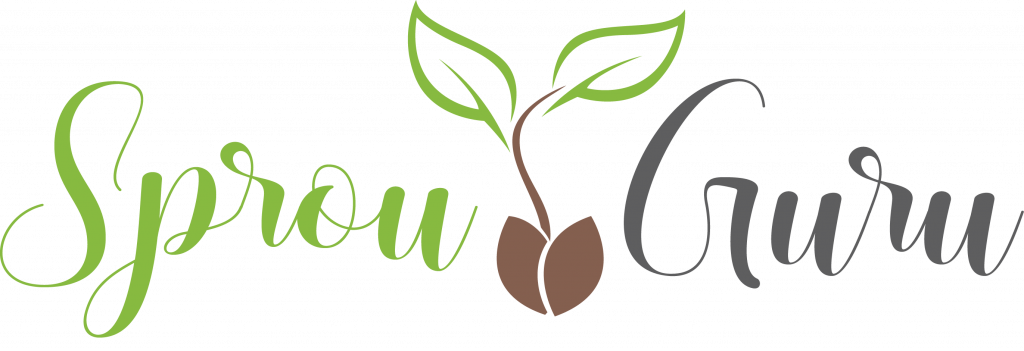There are 2 types of seeds, Direct Sow, which you plant directly into your garden. Other plants must be started inside because of our shorter Canadian growing season. Starting your seeds’ isn’t the simplest of endeavors. Hopefully, this guide will help you on your way to an exciting and rewarding hobby.
Starting seeds inside can be very exciting and rewarding for a gardener. Beginners will want to keep things simple and just purchase trays or seed-soil pods. All you beginner will need to do is add the seed, water and watch your plants grow. Starting your seeds is as simple as that. Have fun with it and enjoy watching your tiny seeds turn into might plants.
Direct Sow/Transplantable
Direct Sow
Includes; Artichoke, Arugula, Asparagus, Beans, Beets, Broccoli, Brussel Sprouts, Cabbage, Carrots, Cauliflower, Cucumber, Endive, Garlic, Gourds, Kale, Kohlrabi, Leeks, Lettuce, Mesclun Greens, Melons, Okra, Onion, Parsnip, Pea, Pumpkin, Radicchio, Radish, Rhubarb, Rutabaga, Shallots, Spinach, Squash, Swiss Chard, Turnip, Zucchini, Basil, Borage, Chicory, Chives, Cilantro, Dill, Garlic Chives, Mint, Parsley, Savory & Tarragon.
As you’ve probably noticed from the list of Direct Sow plants that most of them are Root Crops or very Winter Hardy. Your growing zone will determine if a crop can be directly seeded or if it must be started indoors.
Transplantable
Include; Arugula, Beans, Bok Choy, Broccoli, Brussel Sprouts, Cabbage, Cauliflower, Celery, Collard Greens, Cucumbers, Egg Plant, Endive, Gourds, Lettuce, Kale, Leeks, Mesclun Greens, Melons, Mustard Greens, Okra, Onion, Pepper, Pumpkin, Radicchio, Squash, Tomatillo, Tomato, Zucchini, Basil, Chervil, Cilantro, Dill, Garlic Chives, Lemon Balm, Lovage, Majoram, Mint, Oregano, Parsley, Rosemary, Sage, Savory, Tarragon & Thyme.
Transplantable plants tend to be more geared towards varieties that aren’t as hardy and enjoy the heat. Just about any plant can be started inside but, you’ll find if you attempt to seed Root Crops as transplants, they won’t turn out well. Use your local climate information to determine whether a seed should be started inside or out.
Common Mistakes When Starting Seeds
Watering
You want your seedlings to receive ample water BUT not too much water. Overwatering will lead to water-logged and soggy conditions, causing plants to become very susceptible to mold and other diseases. Seedlings don’t require very much water but cannot dry out. Your best method of watering your seedlings will be to use a spray bottle with a mist nozzle. Using a mist nozzle won’t disturb the soil like a heavy stream of water from a watering can. Be sure that you check on your seedlings once or twice a day to be sure they don’t dry out.
Light Conditions
South-facing windows are the ideal location for your seedlings as long as it isn’t less than 12 hours of light a day and no cold drafts are coming off the window. If you don’t mind investing a bit of money to supplement your seedlings, you can purchase LED grow lights to extend their day to 18 hours. This will dramatically increase their growth and maturation rate. If you do invest in grow lights, read the instructions carefully. It’s not uncommon for people to set up their lights too close or too far from their seedlings.
Temperature
Cool Temperatures are alright for surface greens to encourage compact growth but, Roots require warmth. Another possible investment in your seedlings is available in the form of a heating mat. Heating mats promote healthy root growth, leading to healthier overall plants. Be careful when choosing your growing medium when using a heat mat, as some dry out quicker than others.
Number of Seedlings
It’s always a good idea to plant more seedlings than you’re going to need! Excess seedlings will unlikely ever go to waste as your friends, family, and neighbours will always appreciate some young plants for their garden. By growing more seedlings than necessary, you’ll be able to pick the healthiest plants in the group for your own garden and maybe even bring in a few bucks with the excess. The odds of 100% Germination are just about unheard of and, you should expect anywhere from 20-50% seed failure.
Click Here to Return to the Main Page
